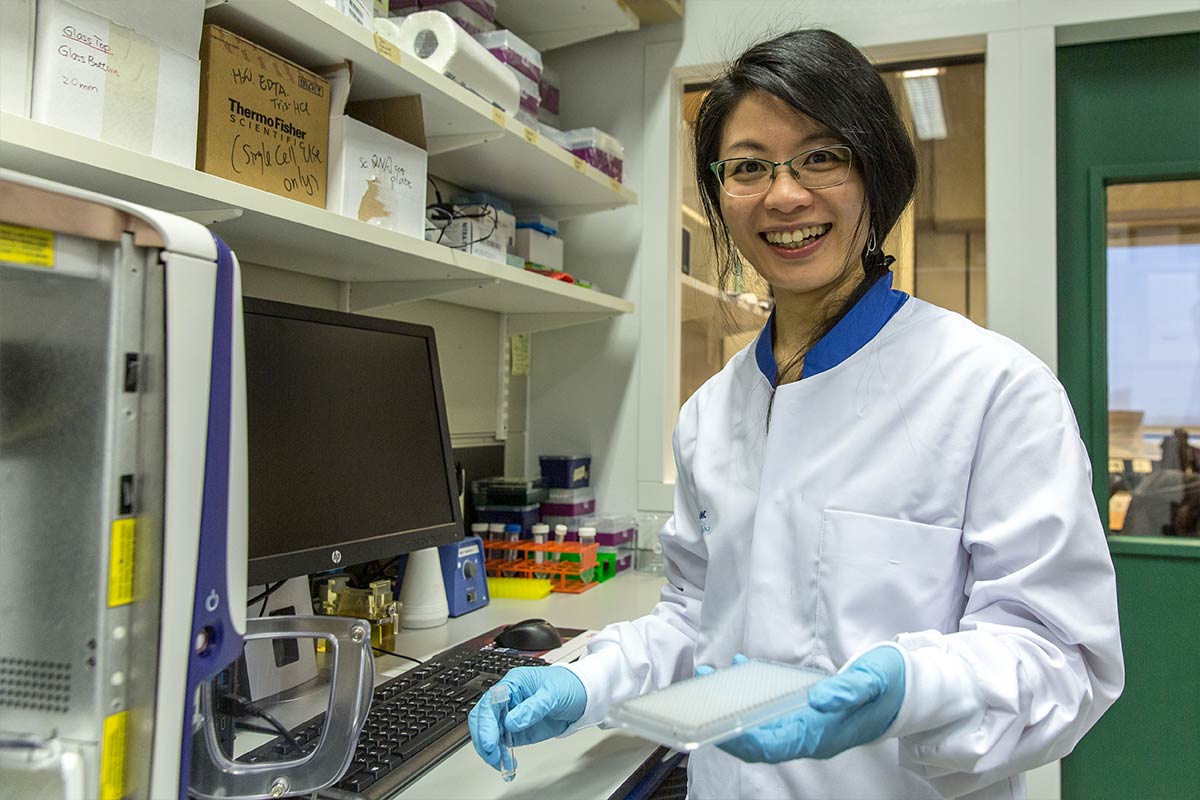Scientist Miao-Ping Chien and her team have designed and built a completely novel type of microscope. In doing so, Chien aims to boost research into rare cancer cells. ‘We can image tens of thousands of individual cells at once.’
You could call Miao-Ping Chien the personification of multidisciplinarity. She studied molecular genetics, did PhD research in chemistry and then immersed herself in medical engineering. This career path was no accident. “I always say: every scientist should be multidisciplinary.”
In 2017 Chien came to Erasmus MC, with the idea for a new technique to image rare cancer cells in the back of her mind. “I noticed what was missing in cancer research and had the knowledge and capabilities to fill that gap.” In three years, her initial idea evolved into a functional prototype. Under the name of UFO Biosciences, Chien aims to commercialize the so-called high throughput single cell screening microscope. A device that she and her team designed and built herself, thanks to their knowledge of various fields.
The new microscope is about the size of a first generation computer. “It’s actually a combination of a lot of lenses, mirrors, lasers and filters,” Chien explains. By cleverly combining these parts, the device solves a dilemma. Scientists want to study individual cells in great detail. This can be done with a normal microscope by extremely enlarging the image. But if you want to image many cells at once, you have to zoom out again and you lose sight of the individual cells. It was therefore impossible to image many cells at the same time with a high resolution.
The new microscope can image as many as tens of thousands of individual cells simultaneously without losing resolution. And it doesn’t stop there. “We can monitor the behavior of individual cells, isolate single cells, extract and read the DNA or RNA. We call that sequencing, “says Chien. This is especially helpful for cancer researchers, she states. “A tumor is not a homogeneous mass, it contains several types of cells. Some are the aggressive ones: they cause metastasis or are resistant to treatment. We are looking for those rare cells. If we can figure out why they are acting so maliciously, we can develop new drugs that target their mechanisms and weak spots. “
